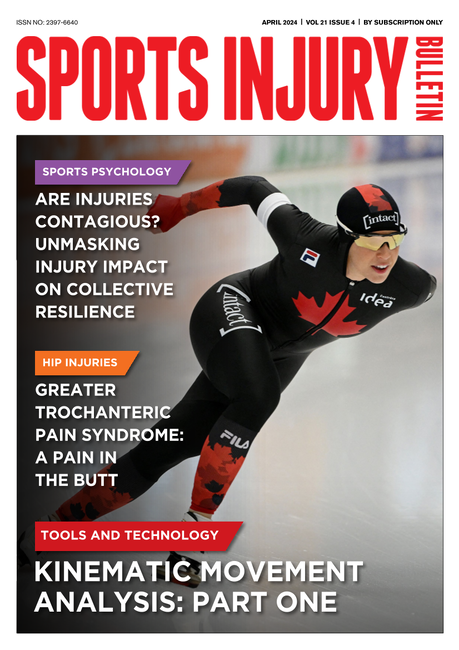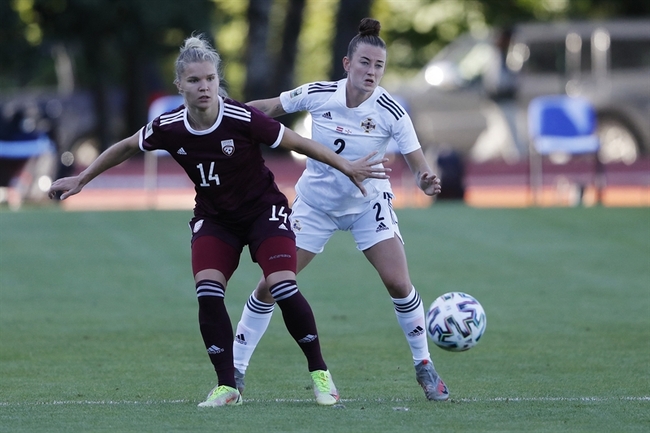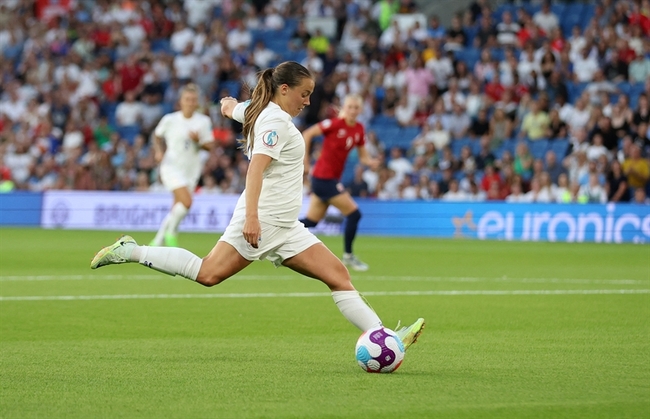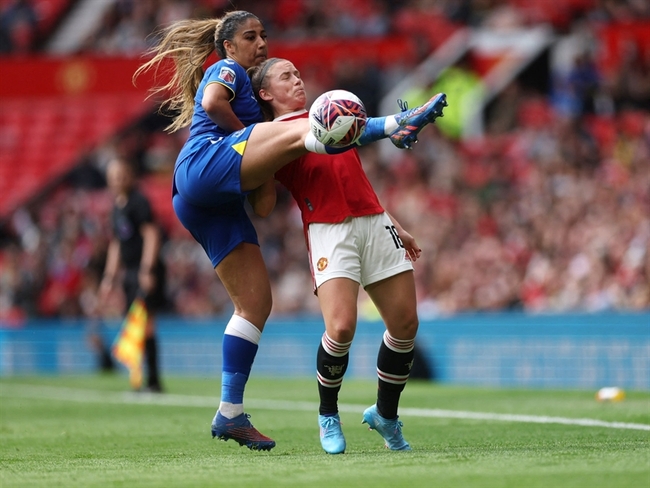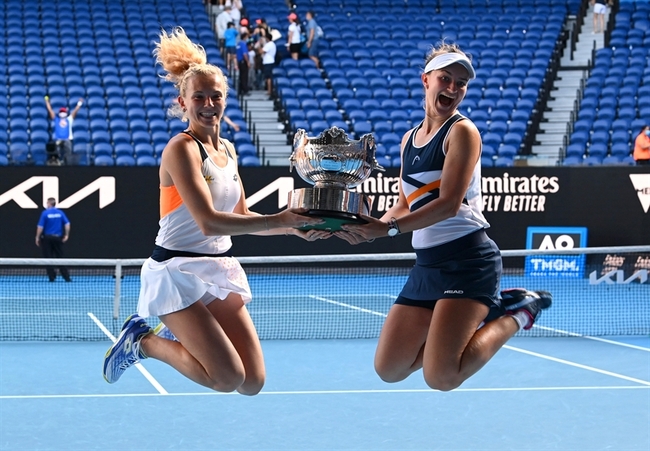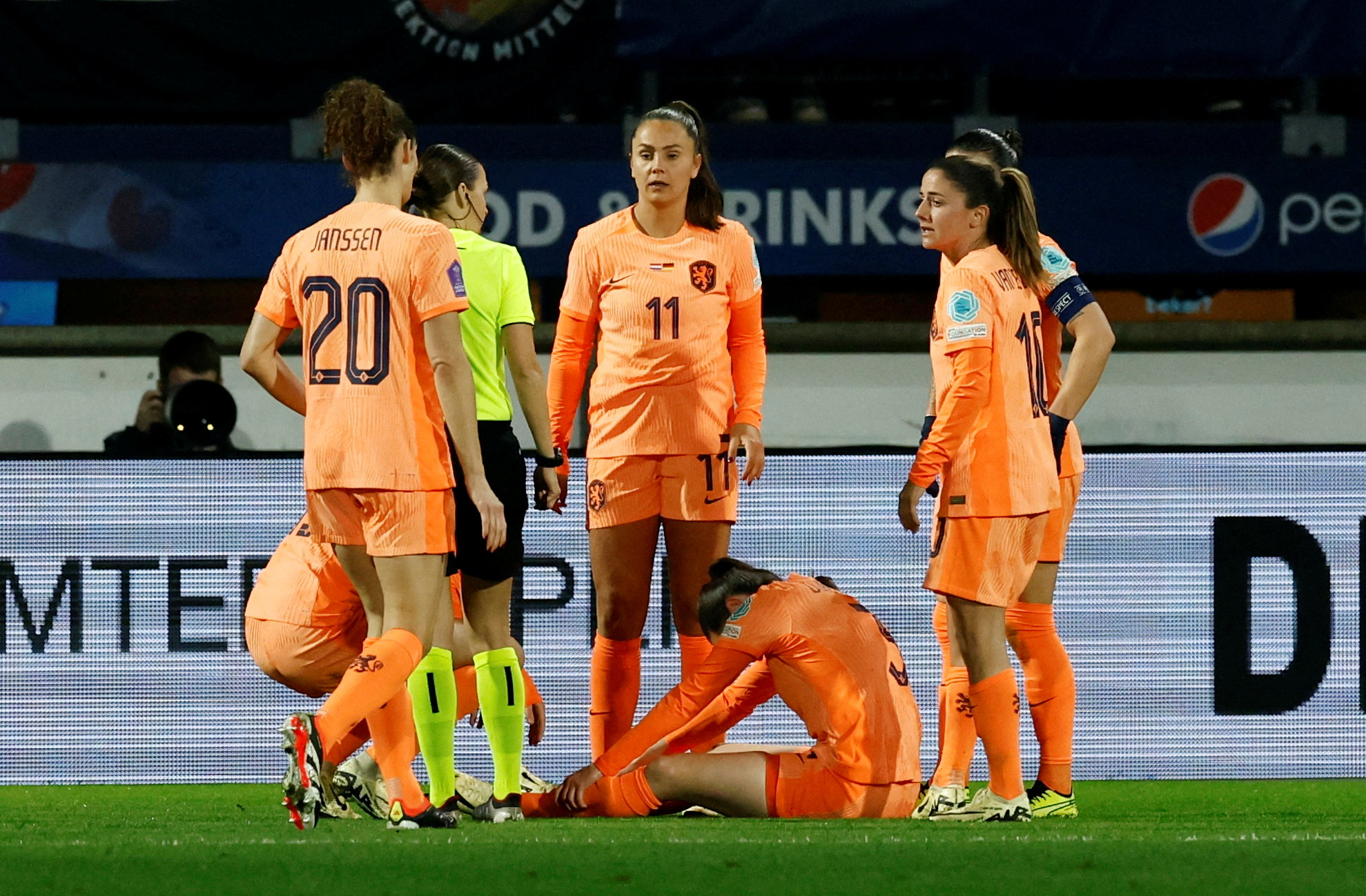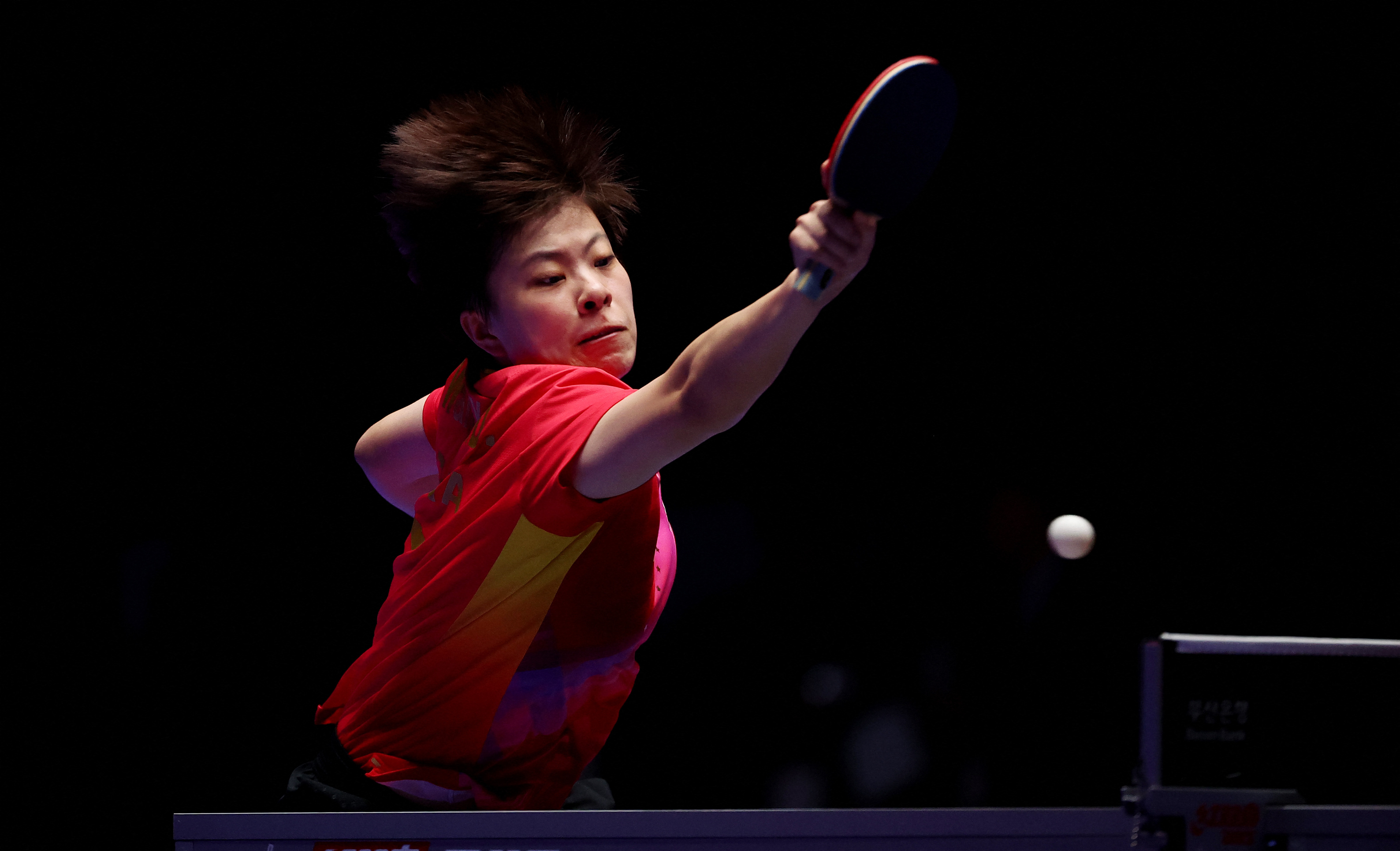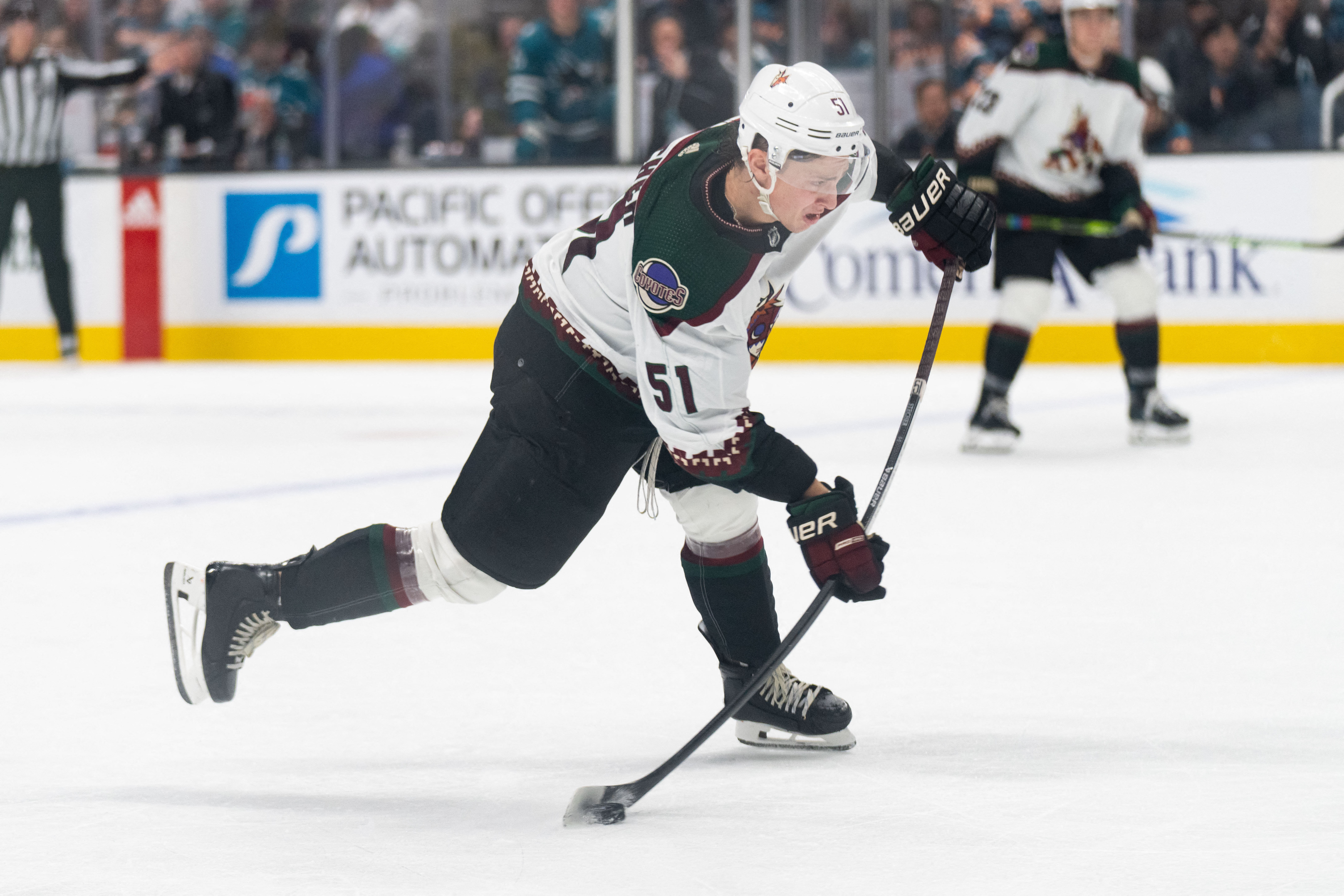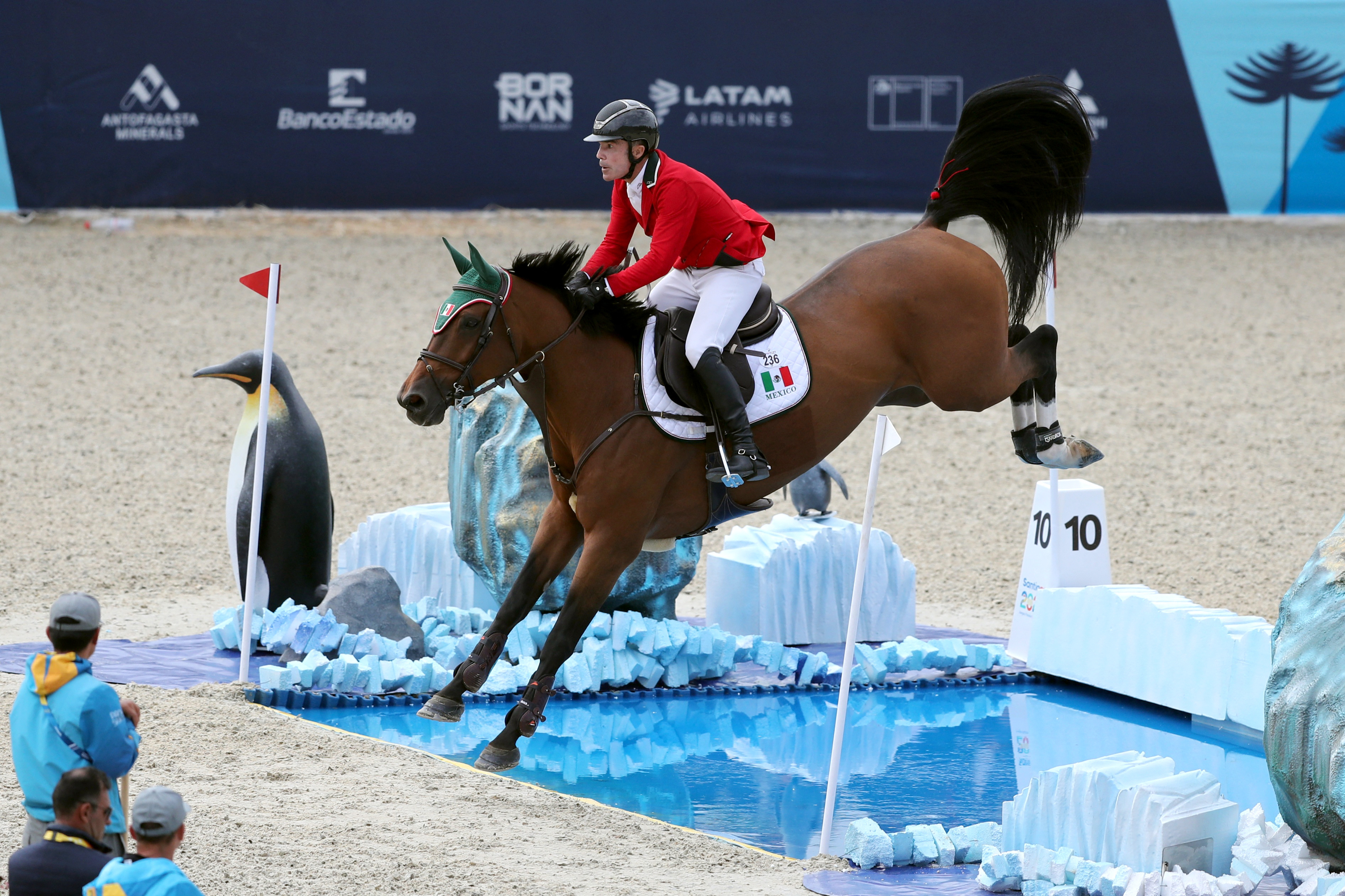5 ways to address psychological, social, and contextual factors in athletes with knee trauma
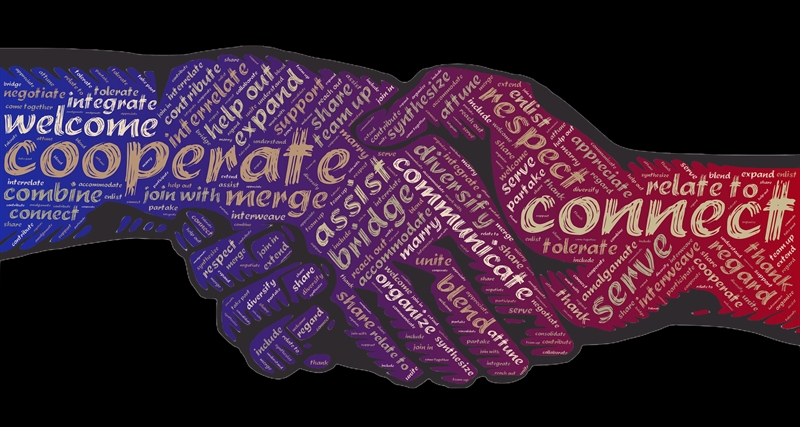
Just under half of the injuries that take players off the field and onto the bench are due to knee trauma(1). The number of athletes that returns to play at their previous level is significantly low(1). Typical injury recovery programs focus on the physical damage, but despite the improvement in clinical parameters, athletes may still not return to their prior level of sport. Therefore, there must be other factors preventing them from the recovery of their previous function.
Researchers at the University of British Columbia conducted a scoping review to explore what other issues might influence return to sport(1). A scoping review takes a broad look at the research in a particular area and determines consistent concepts throughout the body of work on the topic. Scoping studies also serve to identify areas where more research is needed. Often these types of reviews serve to inform governments and agencies about a particular issue.
Scoping reviews include all types of research. This review consisted of quantitative, cross-sectional, case series and narratives, qualitative, and mixed-method studies. In total, it represented 5540 subjects with a traumatic knee injury. Over two-thirds of the subjects suffered an ACL injury or repair.
The study identified several psychological factors that impact recovery. They also found that social and contextual aspects of an athlete’s life play a role in the success of the athlete’s rehabilitation. Indeed this confirms the Integrated Model of Psychological Response to the Sport Injury and Rehabilitation Process, which states that an athlete’s thoughts, feelings, and behaviors influence each other and injury outcomes(2). Rehabilitation must address all the collateral feelings and issues with an athlete to set them up for the best possible results.
Going beyond exercise to improve outcomes
- Address negative emotions early - The most prominent emotion identified in the scoping study was fear, followed by frustration and anxiety. When it came time to return to sport, athletes sited their level of psychological readiness, confidence in their knee, and assurance that they can be successful as their biggest barriers to success. Acknowledging these negative feelings early in the rehab process allows other professionals to help develop coping strategies and improves rehabilitation outcomes.
- Give athletes a voice - Athletes are typically driven and motivated people. Therefore, most want to play an active role in their recovery. They want to understand their injury and the rationale for their rehab activities and help strategize a plan. Allowing them to execute portions of the program on their own contributes to their autonomy and feelings of control. It moves them from a passive victim of an injury to an empowered participant in charge of their destiny.
- Motivate with joint goal setting – Don’t assume that every athlete wants to return to the field as quickly as possible. Ask them what their goals are. Their ambitions give insight into their expectations and allow education regarding realistic timelines. Giving benchmarks instead of deadlines helps keep athletes motivated. For instance, “When you can perform three sets of 12 sit to stand squats on one leg, then you can begin jumping activities,” sets a performance goal rather than a time goal.
- Culture club – Sports culture can be toxic with a ‘no pain, no gain’ attitude. Some teams shun injured athletes, which isolates them and takes away their social network. Get to know your local sports organizations. Visit the schools and clubs that refer to your practice. Spend time in the training room and on the sidelines. Notice the behaviors that surround the athletes and the team values – stated or implied. Empathizing with an athlete who experiences negativity from their social peers fosters a way to understand and shape their behaviors. Conversely, encourage athletes with a strong social construct to stay engaged with the team and lean on them for encouragement.
- Acknowledge all stakeholders – Athletes feel pressure to recover from themselves as well as their teammates, coaches, trainers, parents, and doctors. Appreciate the goals these stakeholders have and help the athlete cope with these expectations. For instance, if the team wants an athlete back for the season playoffs, they may share anecdotes about others who returned to play after an ACL repair in just four months. Educate the athlete and the stakeholders about the need for an extended rehab. Encourage the athlete to make choices that are in their best interest.
This scoping review emphasizes the need to get to know your patients. Lumping athletes into a post-ACL group and treating them all the same will not maximize rehabilitation outcomes. Treating them as individuals, not as an ailment, means acknowledging their fears, worries, social situations, and specific needs. When an athlete feels seen, heard, and a part of the process, they cope better with the injury and feel motivated to participate in their recovery.
Reference
- Br J Sports Med Epub ahead of print:doi:10.1136/bjsports-2019-101206
- Scandinavian Journal of Medicine & Science in Sports, 20: 103-111. doi:1111/j.1600-0838.2010.01195.x
You need to be logged in to continue reading.
Please register for limited access or take a 30-day risk-free trial of Sports Injury Bulletin to experience the full benefits of a subscription.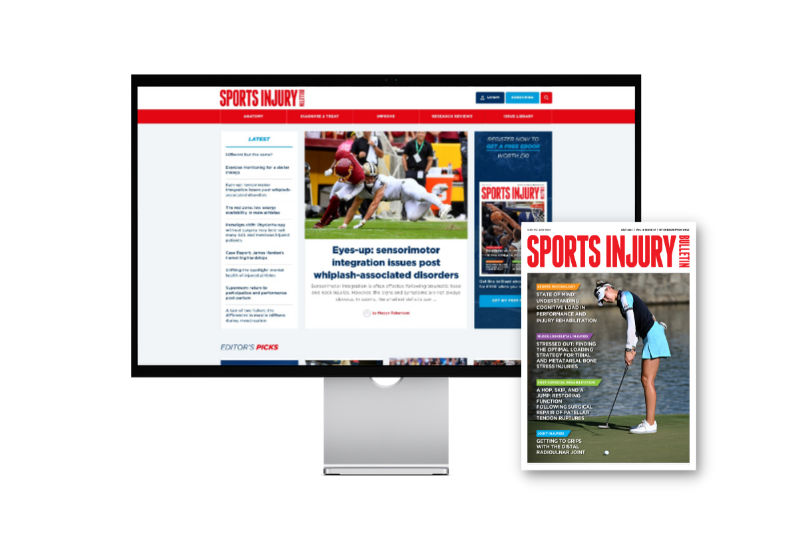 TAKE A RISK-FREE TRIAL
TAKE A RISK-FREE TRIAL
Newsletter Sign Up
Subscriber Testimonials
Dr. Alexandra Fandetti-Robin, Back & Body Chiropractic
Elspeth Cowell MSCh DpodM SRCh HCPC reg
William Hunter, Nuffield Health
Newsletter Sign Up
Coaches Testimonials
Dr. Alexandra Fandetti-Robin, Back & Body Chiropractic
Elspeth Cowell MSCh DpodM SRCh HCPC reg
William Hunter, Nuffield Health
Be at the leading edge of sports injury management
Our international team of qualified experts (see above) spend hours poring over scores of technical journals and medical papers that even the most interested professionals don't have time to read.
For 17 years, we've helped hard-working physiotherapists and sports professionals like you, overwhelmed by the vast amount of new research, bring science to their treatment. Sports Injury Bulletin is the ideal resource for practitioners too busy to cull through all the monthly journals to find meaningful and applicable studies.
*includes 3 coaching manuals
Get Inspired
All the latest techniques and approaches
Sports Injury Bulletin brings together a worldwide panel of experts – including physiotherapists, doctors, researchers and sports scientists. Together we deliver everything you need to help your clients avoid – or recover as quickly as possible from – injuries.
We strip away the scientific jargon and deliver you easy-to-follow training exercises, nutrition tips, psychological strategies and recovery programmes and exercises in plain English.


